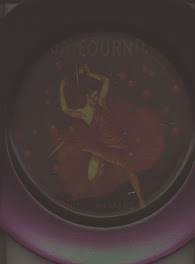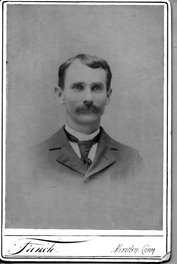BOOK REVIEW 1
VISIBLY MUSLIM:
FASHION, POLITICS, FAITH
EMMA TARLO
BERG, OXFORD AND NEW YORK, 2010
“Visibly Muslim,” was featured on NPR book notes in February 2011. I was attracted by the hope of increasing my understanding of, and communication with, Muslim women in San Diego and elsewhere in the United States. While anthropologist Tarlo concentrates on the UK, mostly London, the insights are transferable.
“Muslim,” or “Islamic,” includes enormous variety of religious practice, ethnicity, culture and philosophy. I was deeply impressed by several young women who tell their stories of choosing clothing to express their identities as Muslim Americans or Muslim Europeans. They are thoughtful, playful, assertive women, active citizens of democracies. Several honor more than one culture and race as part of their origins, so that they are leaders in exploring how multiculturalism can enrich society.
How they perceive themselves may be in tension with how others perceive them. A hijabi, a woman who covers her hair, has become a target of abuse and assault in Europe as being associated somehow with terrorism. Photos of a woman whose whole head and figure are covered by the caftan-like abaya constantly accompany media coverage of terrorism.
A woman in jeans and tunic who winds a beautiful scarf around her head, leaving face and neck uncovered, may draw criticism from some Muslims who expect more covering, discomfort from some Westerners, or admiration from almost anyone.
Women, and men, are making an effort to affirm religious identity while being part of a global youth culture. T-shirts with Islamic messages, and hoodies with Groener-like graphics, surprised me. It reminds me of my own quandary as a Catholic school girl, wanting to be modest AND sexy, while clinging to wearing my Miraculous Medal around my neck.
It also surprised me to learn that in the UK, schools routinely adapt uniforms so that students from differing religions or cultures can meet their own dress standards, keeping the uniform’s colors. Schools consult with regional or national councils of religions and cultures to serve their local population.
This well researched book with its lively interviews and informative footnotes lives up to its promise to educate on fashion, politics, and faith in a world which includes 1.5 billion people whose religion is Islam.
Irene Grumman
February 18, 2011
Just Learning

Kitchen Studio
Friday, February 18, 2011
Subscribe to:
Post Comments (Atom)









No comments:
Post a Comment